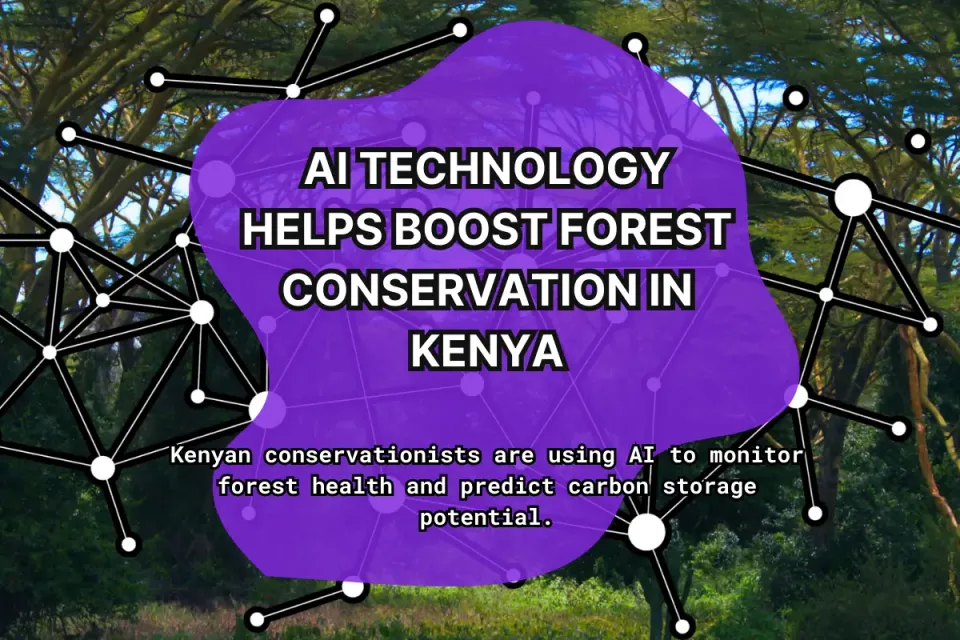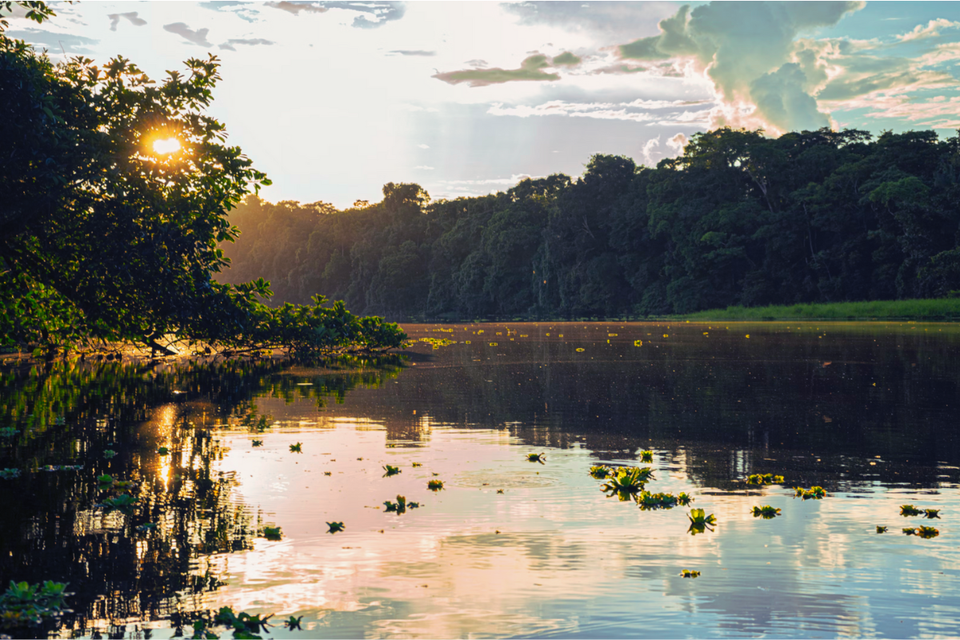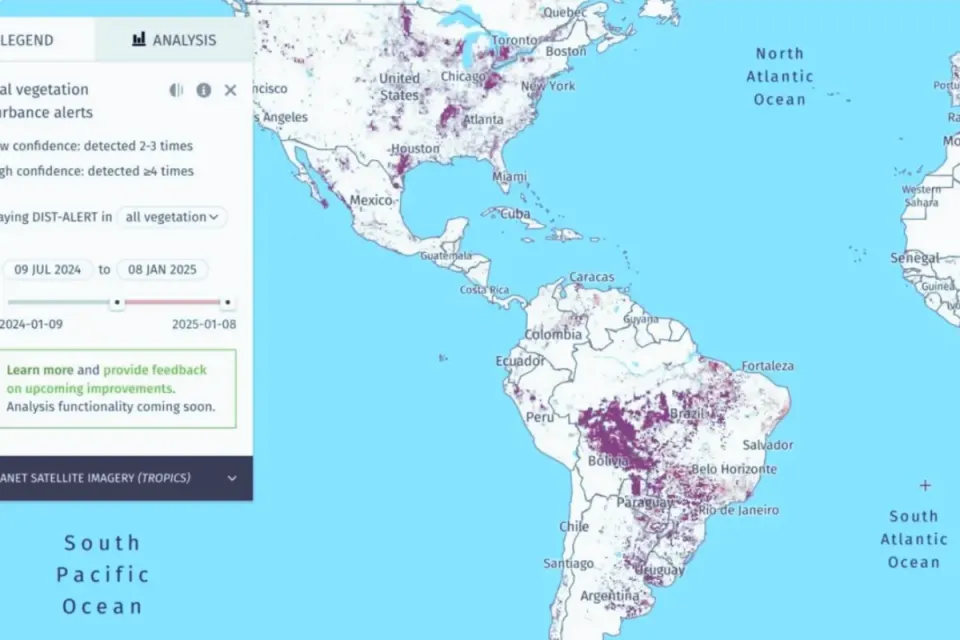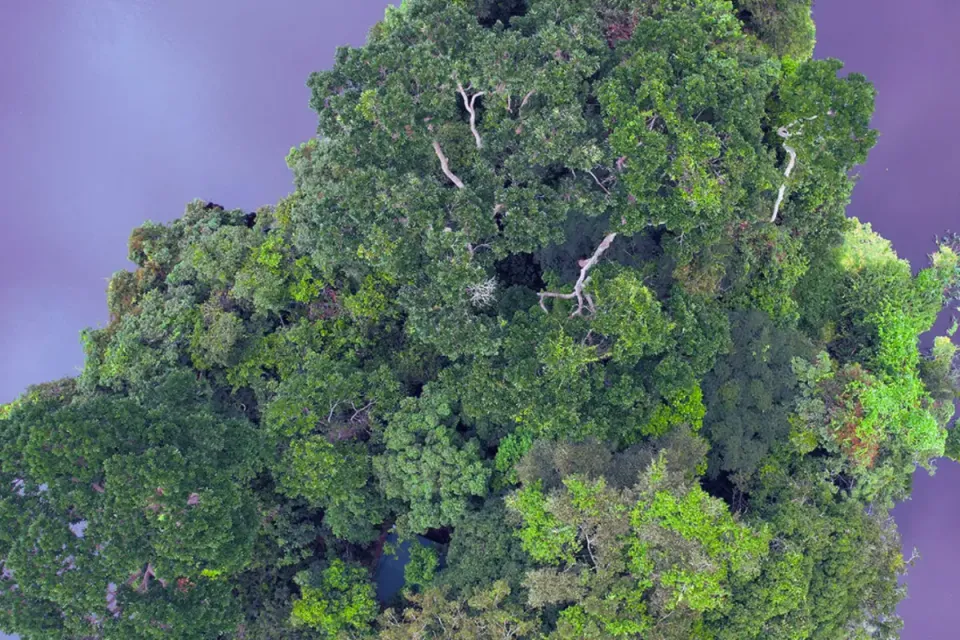AI-Driven Identification of Forest Species 🌲
Netflora's ability to accurately identify and locate valuable species like chestnut and cedar within vast forest areas enables more targeted conservation efforts and sustainable harvesting.
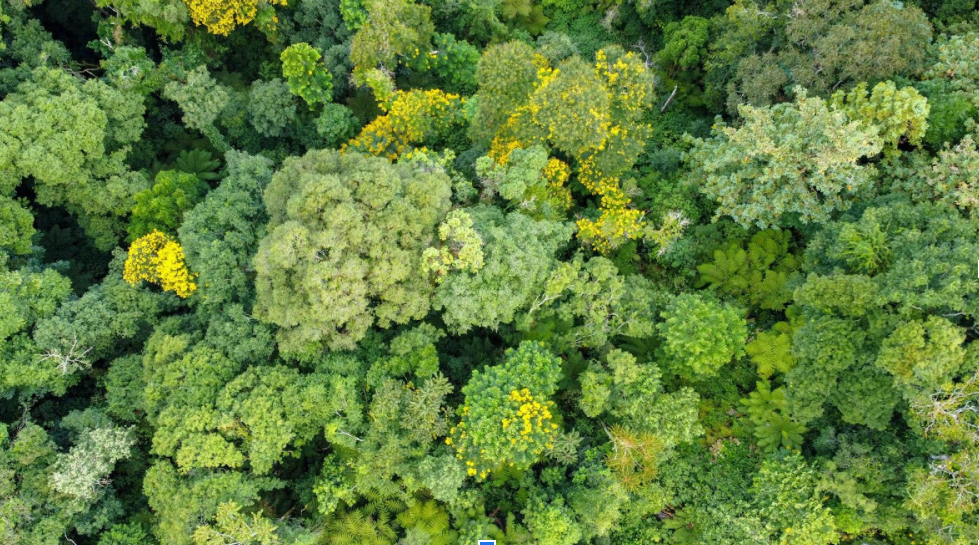
🚀 Pioneering Precision in Forestry
The integration of artificial intelligence (AI) into forest management marks a significant leap forward in ecological data handling. A novel AI methodology, Netflora (developed by Embrapa), seeks to transform the identification and management of valuable forest species, enhancing both the efficiency and sustainability of forest resource utilization. 🌱
🌍 Boosting Ecological and Economic Outcomes
Netflora's ability to accurately identify and locate valuable species like chestnut and cedar within vast forest areas enables more targeted conservation efforts and sustainable harvesting.
Why it matters: This precision not only conserves biodiversity but also optimizes the economic yield from these ecosystems. By ensuring that valuable species are managed sustainably, Netflora supports both ecological balance and economic viability. 🌳
How do you think AI could further enhance sustainable practices in forestry?
🔍 Technological Innovations in Forest Mapping
Netflora employs a sophisticated set of algorithms capable of recognizing different forest species based on extensive botanical databases. This AI system works by analyzing high-resolution aerial images from drones, reportedly achieving identification accuracies of up to 95%. 📊
Key takeaway: This high level of accuracy allows for more precise management of forest resources, ensuring that both conservation and economic goals are met.
What other industries could benefit from such precise AI-driven identification?
🌲 Enhancing Mapping Techniques
By drastically reducing costs and expanding the capacity for forest mapping, Netflora can map up to 1 million hectares annually—a significant increase compared to traditional methods.
Why it’s important: The technology also provides detailed metrics for each tree, such as diameter and crown area, which are crucial for precise volume estimation and sustainable forest management. 🌍
Impact: This scale of mapping capability allows for a more comprehensive understanding of forest ecosystems, leading to better decision-making and resource management.
What do you think are the biggest challenges in scaling up AI-driven forestry solutions like Netflora?
🔓 Open Source Data & Code: Fostering Collaboration
Netflora has already mapped 40,000 hectares of forest cover, and all of this data is openly available on GitHub, offering easy access through a Colab Notebook.
Why it matters: This accessibility encourages widespread adoption among forestry professionals, educational institutions, and environmental agencies, fostering a collaborative approach to forest management. 🌐
Curious to explore the data? Check out the open-source resources and see how you can contribute to advancing sustainable forest management.

